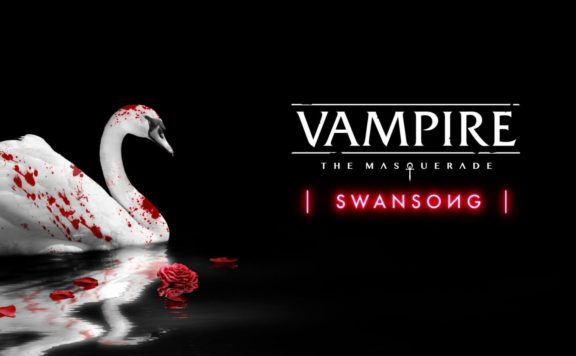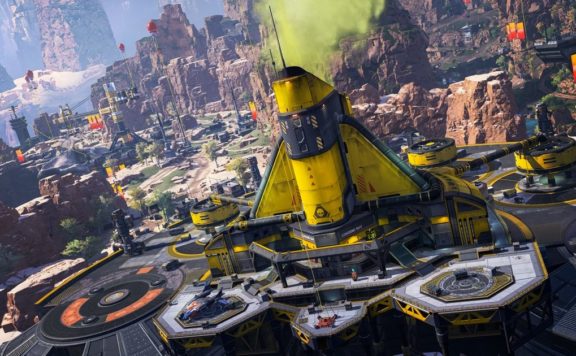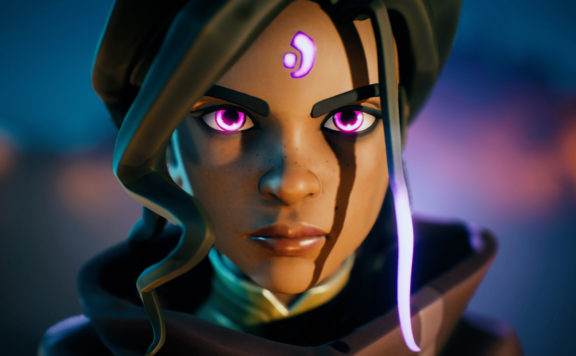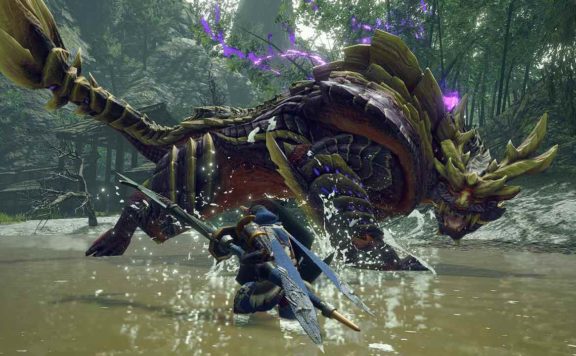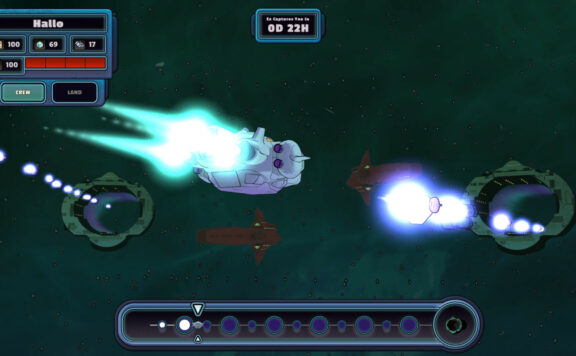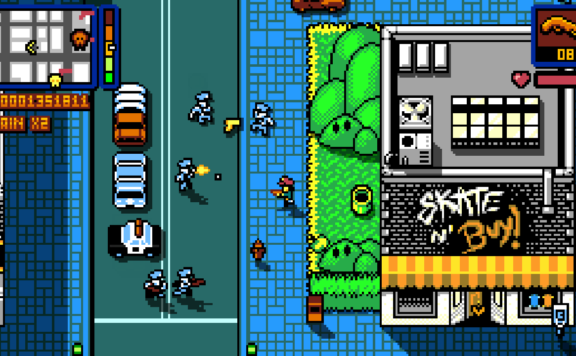The date was May 11th, 2015. After what seemed to be an eternal slumber plaguing a restless gaming community was broken by the shining news: Koji Igarashi would produce a new intellectual property with its gothic soul drawn from Castlevania titles of yesteryears. It was a clarion call to the community: Igavania lives… and they responded in turn to the tune of $5.5 million in Kickstarter backing! Four years have passed and Bloodstained: Ritual of the Night arises from its long slumber on PC, Xbox One, Playstation 4, and the Nintendo Switch.
Within this review, I will be reviewing the title itself and how it translates onto the Switch. These are two important details and by the end of this review, I hope that you see why they need to be delineated. Let’s dive in!
Bloodstained: Ritual of the Night takes place in the midst of the First Industrial. In the shadows of the development of steam-powered engines, advances in iron smelting, and the invention the screw cutting lathe, the hearts of the people turned from the spiritual to the tangible. In an effort to turn the hearts (and dependance) of the people (and their pocketbooks) back to themselves, the Alchemist’s Guild attempts to perform an arcane ritual to win back their tribute. Sacrificing Shardbinders (children with alchemical attunement to the supernatural) a ritual was performed to summon demons into the world which they would subsequently banish as a reminder that the alchemists were still needed.
What could possibly go wrong?
As a result, a massive influx of demons began to pour into the world, leaving two Shardbinders left alive: Gebel (who survived the ritual) and Miriam (who was in a cursed sleep). As years passed, a mysterious castle appeared at the epicenter of the ritual site. With countless overrunning the countryside and Gebel’s name on their lips, it is up to Miriam to stop him. Accompanied by a penitent (and reluctant) alchemist Johannas, an exorcist named Dominique, and a handful of other NPCs, Miriam will venture into Gebel’s castle, confront her brother, and restore peace into the world.
Admittedly, the themes are a bit “on-the-nose,” – demonic castles, shadowy paranormal organizations, the Church cleaning up demons, a hero/heroine with an axe to grind against the tides of darkness… but that’s why we play these games!
As you begin Miriam’s journey, Bloodstained: Ritual of the Night quickly introduces you to one of the main progression systems of the game: shards. When demons are struck down by a Shardbinder, the alchemical crystals implanted within the Shardbinders react to the souls departing their vanquished hosts. This reaction has the chance of condensing these souls into a source of power to be wielded by the Shardbinder.
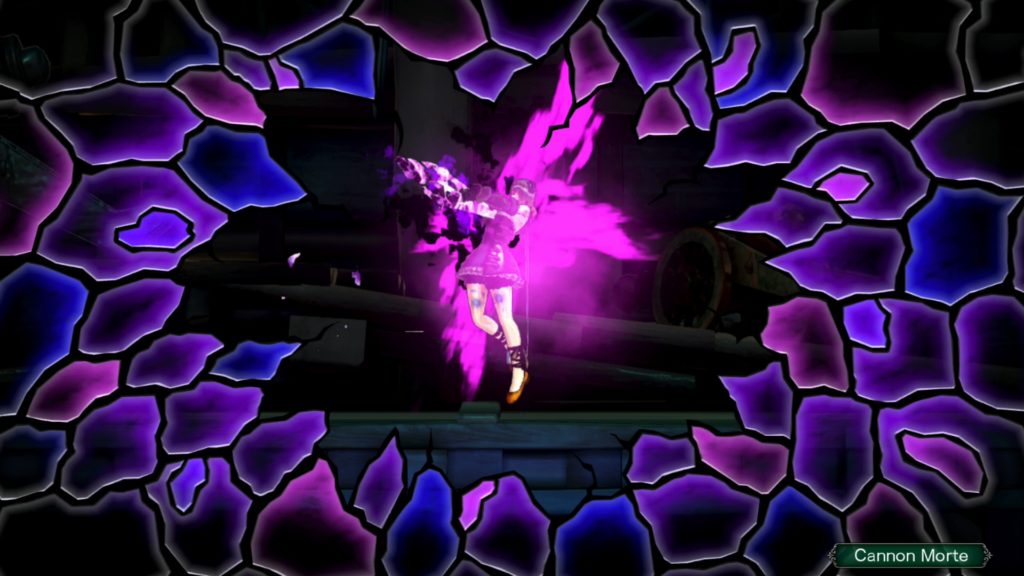
There are five types of shards which you will collect through your journey. Conjure shards allow you to mimic you foe’s abilities. Manipulation shards can be used to transform Miriam or her environment. Directional shards are like Conjured shards, but with greater directional control. Passive shards can enhance a resistances, a weapon skill, help you get some money, and much more. Finally, Familiar shards summon a creature to your aid.
Each shard can be enhanced in their rank through alchemy and increase in their grade as you collect more of them. Each shard can be ranked and graded nine times. As passive shards are raised to Rank 9, they become passive skills which can be turned off and on at any point in time, allowing space fro more than one passive skill to be equipped at a time.
This system feels like a refined version of Castlevania: Aria of Sorrow’s Soul mechanic. While Aria favored new and shiny skills, Bloodstained rewards the time spent in upgrading and collecting. For example: that new dragon’s fire skill may have a nice, cool animation, it may not beat those arrow skills you invested in early on. Progression with shards is rewarding and upgrades are accessible if you are willing to grind a bit. But, if you’re playing a Metroidvania, that is to be expected.
(You know you spent hours in Symphony of the Night killing Shmoo in the inverted library for your Crissaegrim… and you do it every time you play through it again. Maybe that’s just me.)
True to form, Bloodstained: Ritual of the Night sends you on an adventure through a sprawling castle with many puzzles, monsters to battle, secret rooms to discover, chests to loot, and hidden bosses. But this isn’t the same old song.
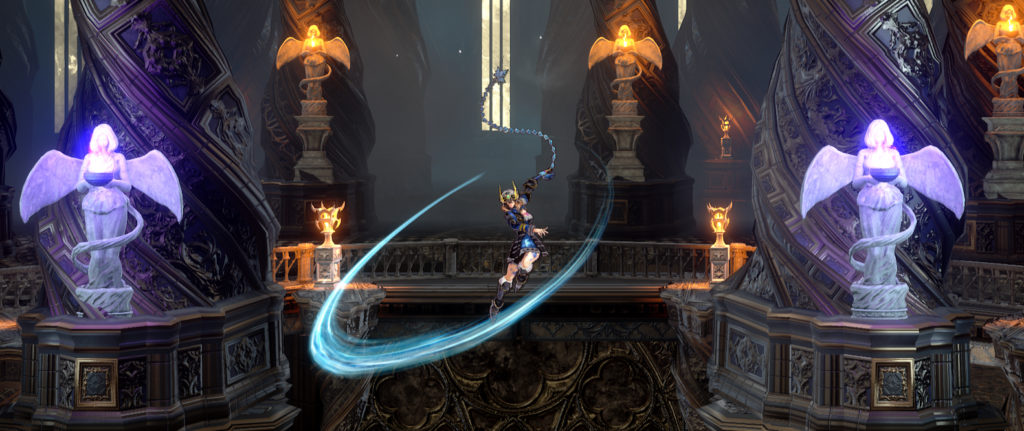
A new and welcome addition to this equation is a series of side quests. One NPC is just pissed at demons in general and wants you to take her aggression out on them for the sake of the deceased. Another wants to honor the dead by burying a meaningful item along with them. Then there is a lady who I call Grammy Nom-Noms because this gal is pulling the “sweet, old lady” card to get you to make her food by guessing what food she wants!
These side quests are a nice addition to the Metroidvania formula. They add purpose to your journey beyond progressing through the castle itself. The rewards do occasionally match where your progress is if you are actively finishing them as you are exploring. I did find myself getting stuck on Grammy Nom-Nom’s quests because I don’t know how to make spaghetti yet.
As a whole, the game is incredibly satisfying with deep crafting through alchemy, exciting options for combat with multiple weapon types, a musical score that invokes an eeriness fitting to the gothic horror you are traipsing through, and an art style fit for modern gaming while staying true to games of yore.
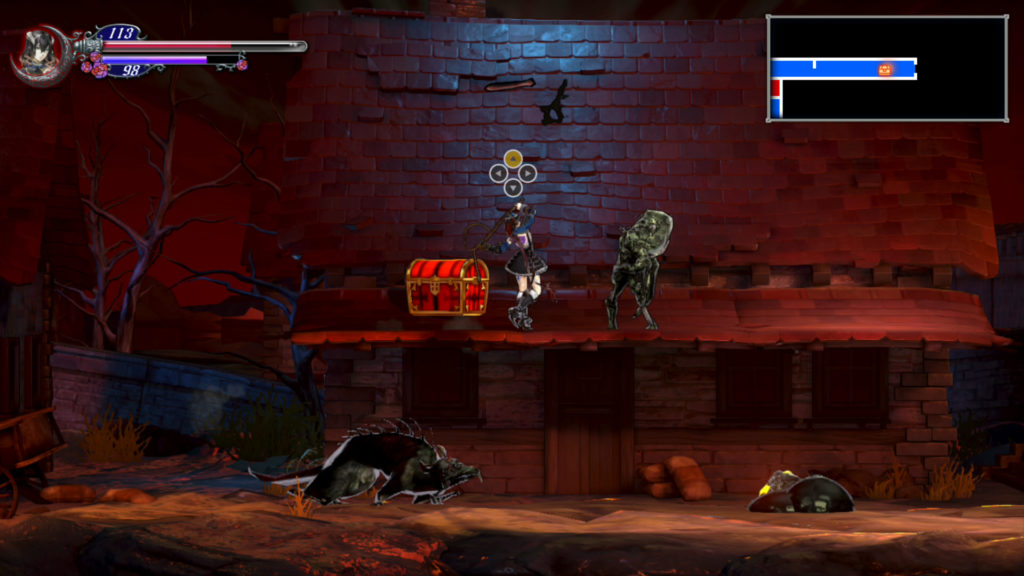
Now… let’s talk about gameplay on the Switch.
This is the part that I really don’t want to talk about because it’s painful. It isn’t painful because it doesn’t look as pretty as the PC version or that the frame rates are low for what a modern console (even the Switch) is capable of, it is painful because there is a significant amount of input lag.
At first, I though this might be an issue with how my Switch is routed to my display (via Elgato 4K60), but after using both docked and in handheld mode, it proved to be the same. This is incredibly problematic for a game genre which demands precision in both platforming and in combat. 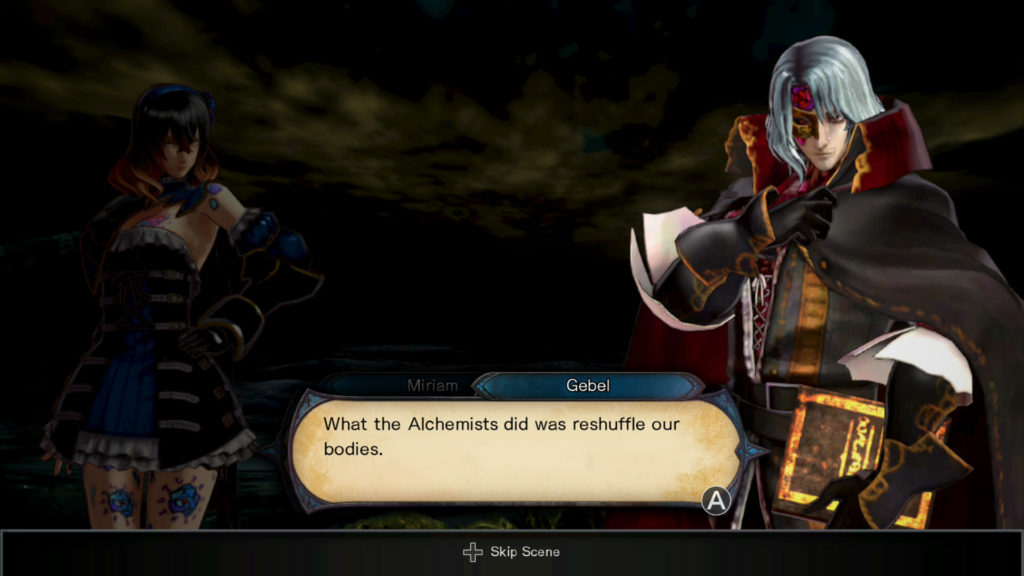
It is important to note that when Bloodstained: Ritual of the Night was announced, the Nintendo Switch did not exist nor was it in the original plans to have it release on a Nintendo console. It was, however, a Kickstarter stretch goal at $3 million to have a port created for the Wii U. It wasn’t until the release of the Nintendo Switch that an update from Koji Igarashi on March 21st, 2017 declared that there would no longer be a Wii U port, but a Nintendo Switch port. With all of the delays of release, controversial graphics, and updates as late as early 2019, is it any small wonder that the Switch port ended up in a suboptimal place?
505 Games has issued a statement regarding the state of the game and a Day One (1.01) patch, recognizing the poor optimization for the platform and a commitment to improve performance.
As amazing as Bloodstained: Ritual of the Night is, we would recommend holding off on a Switch purchase until further updates solve the performance issues.
While gameplay on the Switch is poorly optimized, Bloodstained: Ritual of the Night is (to steal a Symphony of the Night meme) more than a “miserable pile of secrets.” In its purest form, it is worthy of Koji Igarashi’s legacy and will live on as a strong representation of the genre he helped birth. With matured mechanics with the shards system, options for varied play styles, and the edition of quests, Bloodstained: Ritual of the Night will join the ranks of high quality Metroidvania titles worth replaying over and over again.
Without these issues, we would be scoring this game as a 9/10.
Note: Our copy was reviewed on Nintendo Switch with a code provided by PR.
COMPARE TO: Castlevania: Symphony of the Night, Castlevania: Aria of Sorrow

